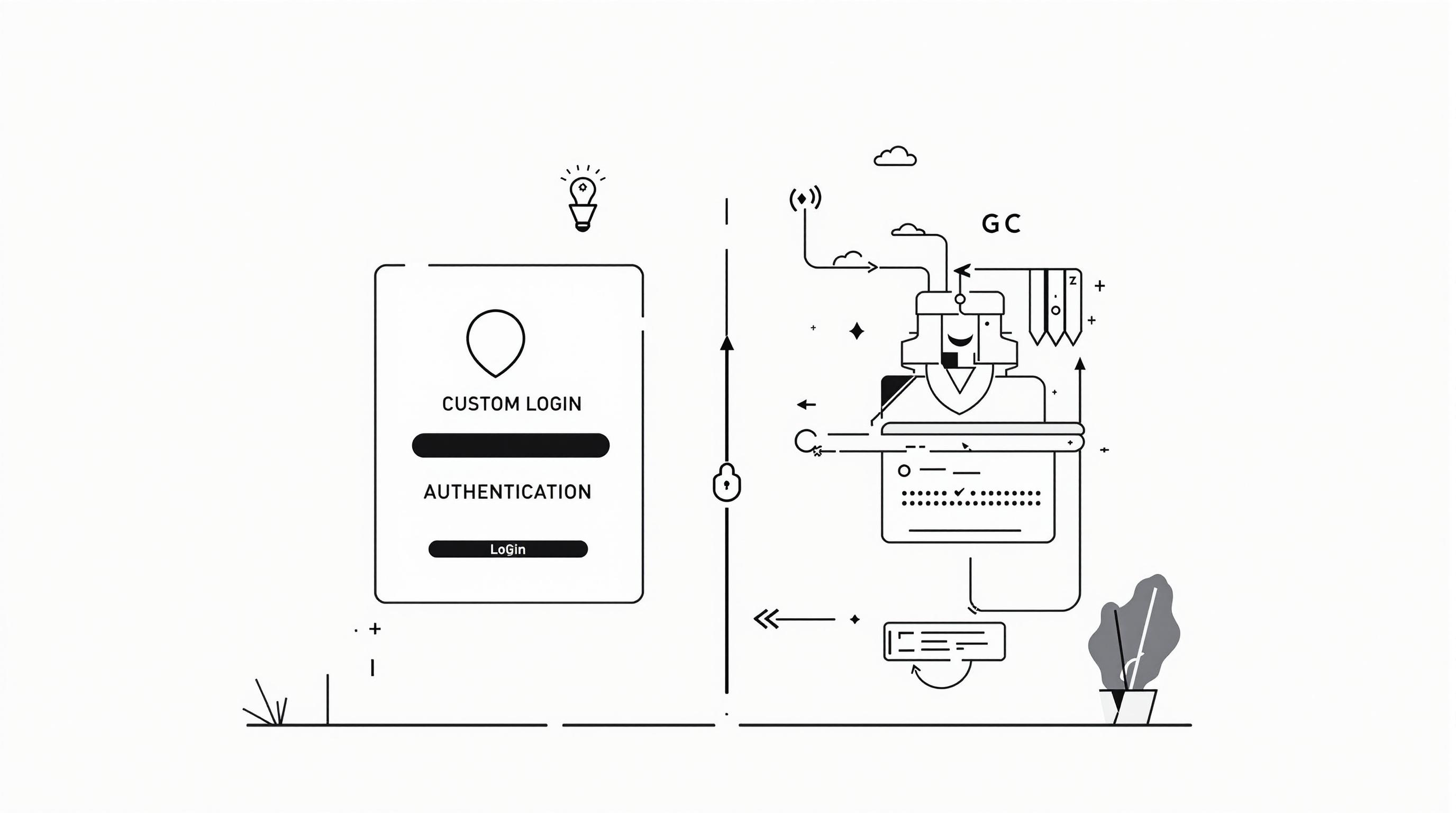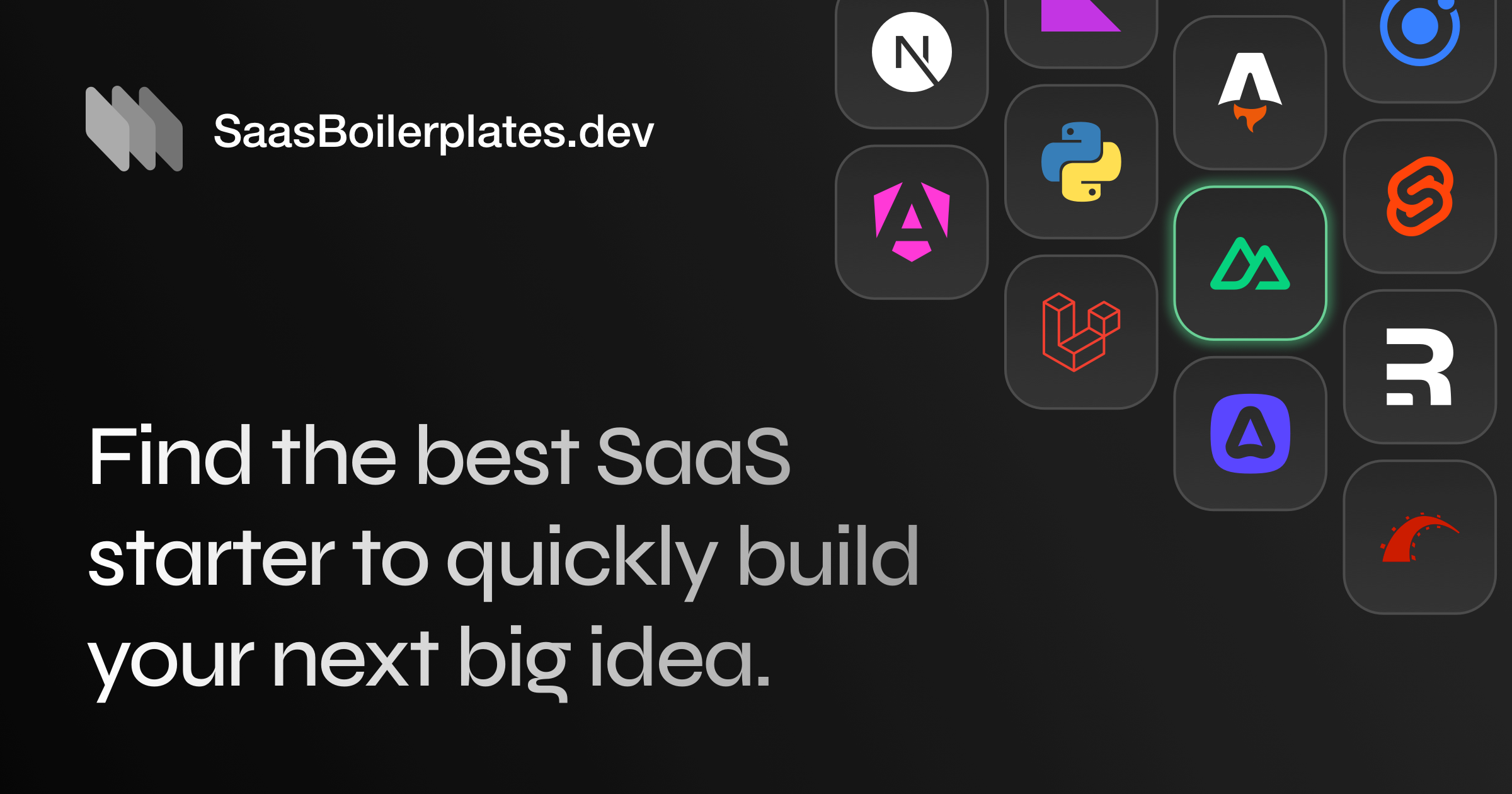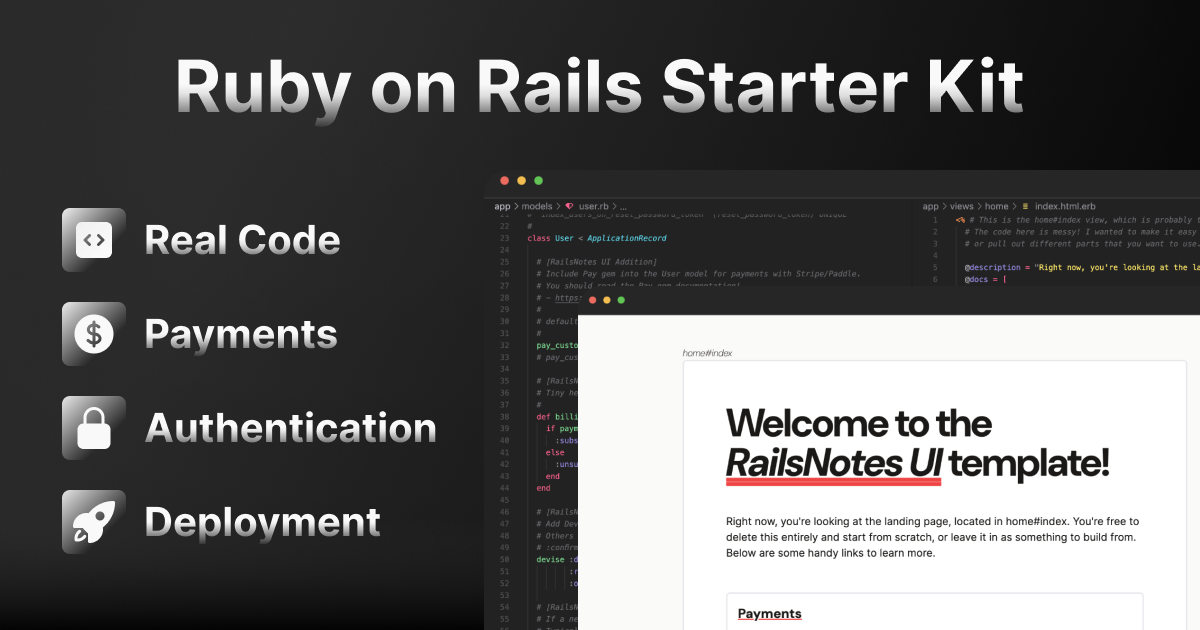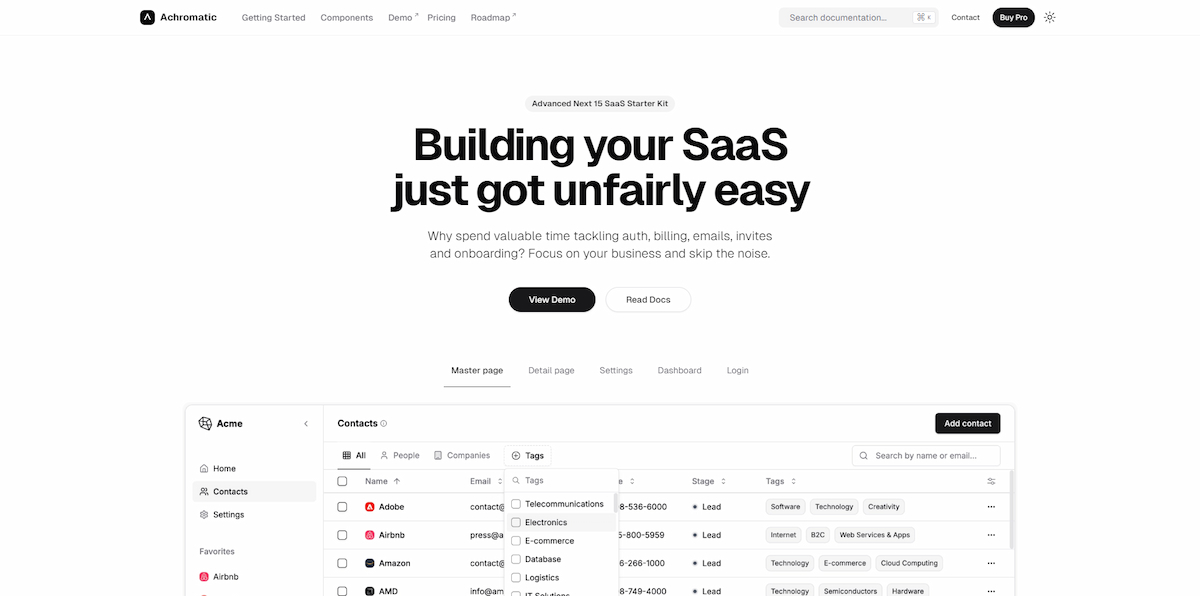Authentication vs Custom Login: Which to Use for SaaS?
Differences between standard authentication protocols and custom login systems for SaaS, focusing on security, scalability, and user experience.

When building a SaaS platform, your choice of authentication impacts security, scalability, and user experience. Here’s how standard protocols and custom login systems compare:
- Standard Protocols (OAuth, SAML, OpenID Connect): Reliable, secure, quick to deploy, and great for integrating with third-party services like Google or Microsoft. Ideal for enterprises needing Single Sign-On (SSO) or handling sensitive data.
- Custom Login Systems: Fully customisable to match your brand and workflows but requires more time, resources, and expertise to build and maintain. Better suited for legacy systems or unique requirements.
Quick Comparison
| Factor | Standard Authentication | Custom Login |
|---|---|---|
| Security | Proven, automatic updates | Depends on implementation |
| Scalability | Easily handles large users | Resource-intensive |
| Development Time | Faster setup | Longer, more complex |
| User Experience | Familiar, streamlined | Fully customisable |
| Maintenance | Minimal effort | Ongoing, manual updates |
Key Takeaway: Use standard protocols for scalability and security. Opt for custom login if you need a tailored solution for specific workflows or legacy systems. Always prioritise secure practices like TLS and regular audits.
What Authentication System Should I Use For My App?
Types of Authentication Methods
Authentication methods for SaaS applications generally fall into two categories: standard protocols and custom login systems. Each serves different needs, and choosing the right one depends on the application’s goals and requirements.
Standard Authentication Methods
Standard protocols like OAuth 2.0, SAML, and OpenID Connect are widely used due to their reliability and compatibility.
- OAuth 2.0: This protocol allows secure third-party integrations by using token-based access. For example, when a productivity app requests access to your Google Calendar, OAuth securely manages this through access tokens and permission scopes.
- SAML: Ideal for enterprise Single Sign-On (SSO), SAML lets organisations use unified credentials across multiple platforms. It’s especially helpful for businesses managing numerous SaaS subscriptions.
- OpenID Connect: Building on OAuth 2.0, OpenID Connect adds an identity layer, making it perfect for consumer-facing apps that need to support multiple identity providers.
Custom Login Systems
Custom login systems give developers complete control over the authentication process, allowing for tailored workflows and seamless integration into the application’s domain. This can enhance the overall brand experience.
However, building a custom system requires advanced security expertise, regular updates, and ongoing maintenance. Tools like Stytch simplify this process by offering customisable authentication options that reduce complexity. While standard protocols emphasise security and interoperability, custom solutions focus on flexibility, though they come with higher resource demands.
With these methods in mind, we can now look at how they influence key SaaS factors like security, scalability, and user experience.
Comparing Authentication Approaches
Security Comparison
Authentication methods like OAuth 2.0, SAML, and OpenID Connect are known for their reliable security protocols, making them a strong choice for protecting SaaS applications.
| Security Factor | Standard Authentication | Custom Login |
|---|---|---|
| Protocol Security | Proven and widely adopted | Depends on implementation |
| Vulnerability Management | Automatic updates | Requires manual checks |
| Compliance Support | Built-in options available | Custom solutions needed |
| Risk Level | Lower, with fewer gaps | Higher, due to variability |
”OAuth 2.0 is ideal for third-party app integrations and remains a robust, secure authentication method.” – 10x engineers
Using standard protocols minimises risks and reduces potential vulnerabilities. With security addressed, let’s move on to scalability and development time.
Scalability and Time to Develop
Standard authentication systems are designed to handle large user bases efficiently, requiring much less effort compared to custom-built solutions. On the other hand, custom login systems demand more resources to match this level of scalability.
Here’s how development timelines compare:
| Development Factor | Standard Authentication | Custom Login |
|---|---|---|
| Initial Setup | Days to a few weeks | Several weeks to months |
| Maintenance Effort | Managed externally | Requires ongoing resources |
| Integration Complexity | Simplified with pre-built tools | Custom coding necessary |
| Resource Requirements | Less specialised expertise | Needs dedicated experts |
While scalability and time investment are crucial, the user experience also plays a key role in choosing the right approach.
User Experience Impact
Microsoft’s OpenID Connect implementation for Azure Active Directory is a great example of how standard authentication can enable smooth, cross-service access. These methods benefit from user familiarity, such as with social logins, which help reduce the hassle of remembering multiple passwords. However, custom login systems offer tailored experiences.
| UX Factor | Standard Authentication | Custom Login |
|---|---|---|
| Login Flow | Familiar and streamlined | Fully customisable |
| Brand Integration | Limited customisation | Complete branding control |
| Password Management | Simplified with SSO | Requires individual credentials |
| Multi-factor Options | Standard, ready-to-use | Flexible configurations |
SAML stands out for enterprise applications, offering detailed access controls while keeping the login process user-friendly.
Choosing the Right Approach
Factors to Consider
Weak authentication is responsible for 61% of data breaches, making this decision a critical one.
| Factor | Standard Authentication Preferred | Custom Login Preferred |
|---|---|---|
| Organisation Size | Large enterprises | Small businesses, startups |
| Security Needs | Industries handling sensitive data | Basic security requirements |
| Integration Requirements | Multiple third-party service needs | Compatibility with legacy systems |
| Development Resources | Limited technical expertise | Team with security expertise |
| Time to Market | Quick deployment required | Flexible timelines |
For industries with strict compliance requirements, methods like SAML and OpenID Connect make it easier to meet regulatory standards. Keeping these factors in mind can help guide your decision.
Recommendations
When to Choose Standard Authentication:
OAuth, adopted by 71% of organisations, is a trusted choice for third-party integrations. This method is ideal for:
- Enterprise applications needing Single Sign-On (SSO) functionality
- SaaS platforms requiring integration with several third-party services
- Projects that demand quick deployment and proven security measures
When Custom Login Makes Sense:
Custom login systems are better suited for addressing specific technical challenges or unique requirements:
- Applications tied to legacy systems or intricate workflows
- Scenarios where full control over the authentication experience is necessary
In certain situations, combining both approaches can offer the best of both worlds. For example, you might use OAuth for general user authentication while maintaining a custom login for legacy system compatibility.
Regardless of the approach, always use secure protocols (like TLS 1.2 or higher) and perform regular security audits to maintain robust protection.
Conclusion
Authentication protocols are key to securing SaaS applications, especially for enterprises that need strong security and smooth integration with other systems.
Standard methods like OAuth 2.0 and OpenID Connect provide a solid security foundation, quick deployment, and features such as Single Sign-On (SSO), which are essential for many businesses today. These protocols have been tested extensively, offering protection against vulnerabilities while meeting modern business demands.
When deciding on an authentication approach, consider your application’s specific needs. Standard methods are excellent for scalability and security, while custom solutions may be necessary for addressing unique business challenges or legacy system compatibility. The choice ultimately depends on balancing security, scalability, and your organisation’s requirements.
Key points to keep in mind:
- Resource Management: Building and maintaining custom login systems demands significant time and expertise. In contrast, standard protocols benefit from widespread community support and regular updates.
- Long-Term Viability: Authentication standards like OAuth 2.0 continue to evolve, adapting to new threats and ensuring they remain reliable over time.
If your organisation handles sensitive data or has limited resources, standard protocols are often the better choice. However, for workflows that require tailored solutions or involve older systems, custom approaches might be more suitable. Whichever path you take, remember that authentication is not a set-it-and-forget-it process—it requires ongoing updates and monitoring to maintain security.
Further Reading
If you’re deciding on the right authentication method, these resources can guide you through implementation and help ensure your approach is effective.
Authentication Implementation Resources
-
Best SaaS Boilerplates: Starter kits for frameworks like Next.js, Django, Rails, and Laravel, complete with detailed guides for setting up both standard and custom authentication solutions.
-
WorkOS: Comprehensive enterprise-focused documentation, including:
- SSO integration
- Social login setup
- Multi-factor authentication configuration
- Best practices for email/password authentication
-
SSOJet: A collection of technical resources offering side-by-side comparisons of authentication protocols and practical deployment guides.
-
Prismatic: Tailored documentation for B2B integrations, focusing on OAuth 2.0 implementations in enterprise environments, with an emphasis on security and scalability.
Whether you’re integrating SAML for enterprise security or crafting custom workflows, these platforms offer the guidance and tools you need. They address various aspects of security, scalability, and user experience, helping you build authentication systems that meet your SaaS application’s requirements.
Recommended SaaS Boilerplates
Below are three highly recommended SaaS boilerplates that support standard authentication protocols and custom login systems:






